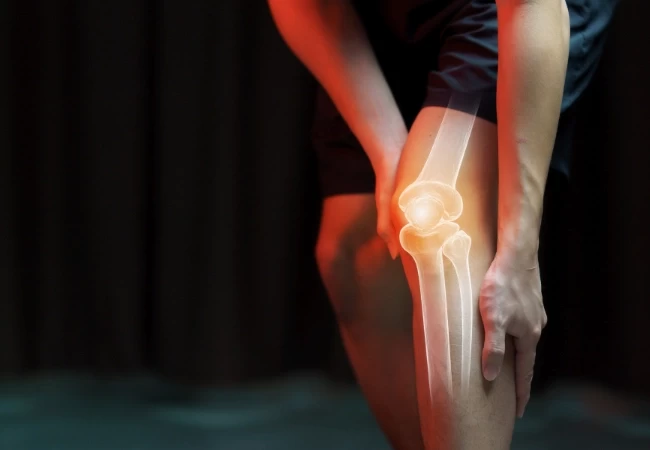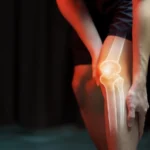
Once considered a procedure for seniors, joint replacement surgery is now becoming increasingly common among younger adults. Previously understood as a measure for severe arthritis or wear and tear due to advancing age, joint replacement surgeries are now restoring people in their 30s, 40s, and early 50s to their active lives.
So, why is this age trend shifting? Let’s dive into the increasing phenomenon of early-age joint replacements, its causes, and what it means for individuals who want to have pain-free lives.
Why Is This Trend Increasing?
A number of reasons underlie the growth in the number of young adults undergoing joint replacement surgeries:
1. More Active Lives
With sport participation, fitness trends, and physically strenuous labor increasingly common, numerous young adults are causing more stress on their joints. Overuse, trauma, and sporting injuries can hasten joint wear, triggering osteoarthritis or cartilage loss significantly earlier than was previously the case.
2. Greater Awareness and Diagnosis
Improved diagnostic devices and increased access to orthopaedic surgeons ensure joint problems are diagnosed earlier. Younger patients are healthier and hence more conscious about their well-being and opt for quicker solutions rather than keeping it for later in life.
3. Improved Surgical Techniques
With advancements in minimally invasive surgery, robotic surgery, and individually tailored implants, joint replacements are now safer, more accurate, and enable faster recovery. This makes surgery a possibility for younger patients who seek long-term pain relief without extended hospitalization.
4. Enhanced Implant Duration
In the past, one of the biggest issues with younger patients was how long the implanted joint would last. But today’s implants provide 20 years or more of durability, so joint replacement becomes a viable option even for the 30s or 40s.
Who Are These Younger Patients?
Numerous younger patients who are candidates for joint replacement are in these groups:
Sports professionals or athletes with repetitive joint injury
Young adults with rheumatoid arthritis or genetic bone problems
Injury survivors with joint trauma or fractures that won’t heal
Obese people whose joints are bearing too much weight too early
Desk workers suffering from accelerated wear caused by a sedentary lifestyle and incorrect posture
Joint pain is no longer an old person’s problem—it’s affecting young adults in big numbers, usually interrupting their professional and personal lives.
When Is Joint Replacement the Right Choice for Young Adults?
A joint replacement is generally indicated when:
Conservative interventions such as physiotherapy, injections, or medication are not beneficial
Activities like walking, stairs, or driving become symptomatic
Sleep or mental health is impacted by joint stiffness and swelling
There is evidence of joint structure damage that is visible on X-rays or MRI
Productivity, fitness, or social participation are impacted by the condition
Early referral to an orthopaedic specialist can identify appropriate action—surgical or non-surgical.
Misconceptions
Let’s debunk some myths:
Myth: “I’m too young for a knee or hip replacement.”
Fact: Age isn’t the determining factor—pain level, damage to joints, and lifestyle aspirations are more important.
Myth: “Joint replacements don’t last.”
Fact: Modern implants can last over 20 years when supported by proper post-operative care and a healthy lifestyle.
Myth: “Surgery will result in a large scar and extended downtime.”
Fact: Minimally invasive surgery may mean smaller cuts, less discomfort, and faster recovery.
Life After Surgery: What to Expect
Most young patients experience life-altering outcomes after joint replacement:
Return to fitness regimens or moderate sporting activities
Alleviation of long-term pain and swelling
Enhanced mental health
Improved sleep and mobility
More work productivity and energy
Younger adults can enjoy a high level of quality life for decades following the surgery with proper rehabilitation, nutrition, and attention.
Conclusion
Today, joint replacement isn’t just about age—it’s about reclaiming your life. If you’re a young adult suffering from persistent joint pain, stiffness, or injury, don’t wait until your 60s to take action. Thanks to advanced surgical methods and durable implants, joint replacement today is safer, more effective, and delivers longer-lasting results than ever before.
Dr. Kiran M. Ladkat is a highly skilled Orthopaedic Surgeon based in Mumbai, specializing in joint replacement, orthopaedic trauma, hand & wrist surgery, and minimally invasive techniques. Known for his patient-centric approach and precision in complex surgeries, Dr. Ladkat is committed to delivering advanced orthopaedic care that helps individuals of all ages lead active, pain-free lives.




